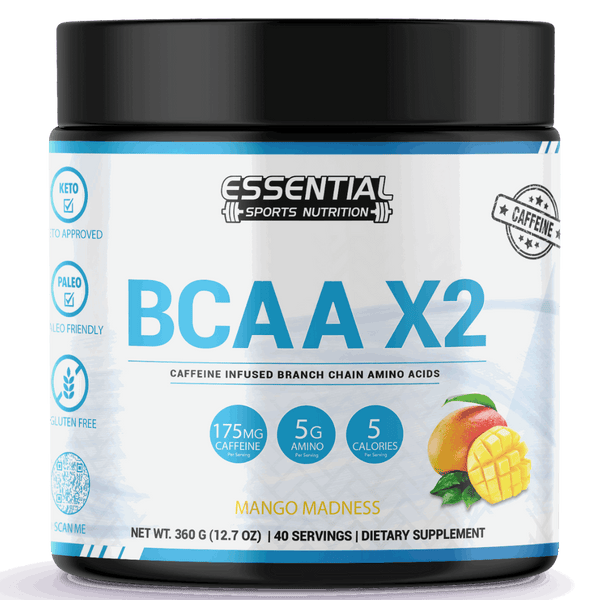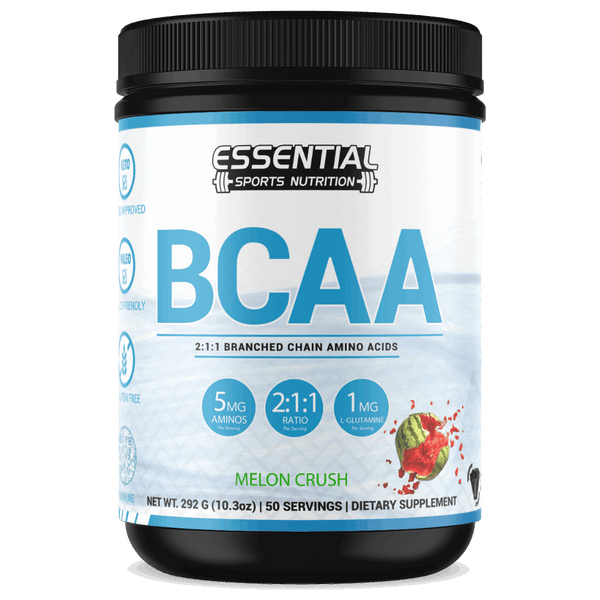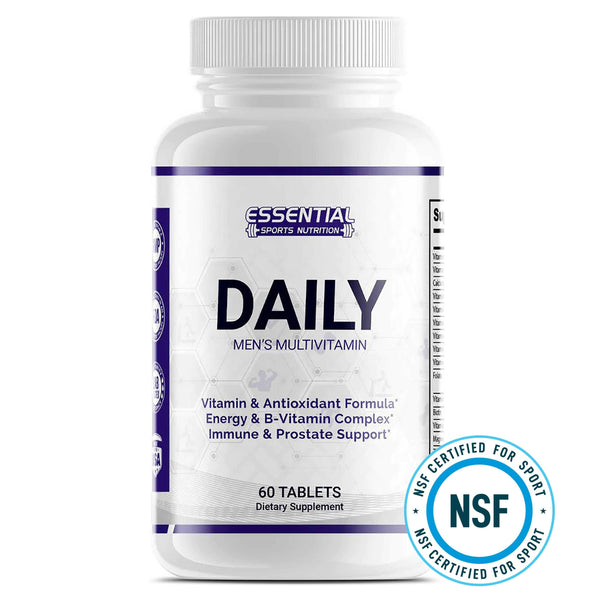Get a Grip: Why You Should Be Prioritizing Grip Strength Training
Grip strength training is more important than you might think. It's not just about opening jars or carrying bags. It shows not only how strong your muscles are, but how strong your heart is. By adding exercises for your hands and forearms to your routine, you can get stronger and improve your health.
Doing special exercises can make a big difference in your daily life. You'll feel stronger and be healthier. Grip strength also benefits the muscles in your chest and back.

Key Takeaways
Grip strength indicates overall health, including muscle strength and heart health.
Improving grip strength can enhance daily life activities.
Grip strength training aids in building upper-body muscle power.
Hand grip exercises and forearm strength workouts are essential.
Weekly strength-training sessions should include grip-strength exercises.
What is Grip Strength?
Grip strength is the force your hands use to grab, hold, or pull things. It needs many muscles in your hands, wrists, and forearms. Good grip strength helps a lot in daily tasks and sports. Let's look into it more.
Definition of Grip Strength
Your grip strength shows how hard your hand muscles work when you hold things. This is super important. It helps with everyday stuff like opening jars and also in sports. Your hand, wrist, and forearm muscles work together. This makes it key for strength training.
Types of Grip Strength: Crush, Support, and Pinch
There are three main types of grip strength:
Crush Grip: You use this when you squeeze things with your fingers and palm. It's great for shaking hands or crushing a ball.
Support Grip: It tests how well you can hold onto things for a long time, like weights.
Pinch Grip: This is when you hold things between your fingers and thumb. It's needed for picking up smaller weights or fragile items.
Measuring Grip Strength
Healthcare workers use a dynamometer to check your grip strength. This tool measures your muscles' force. The result can change depending on your age, gender, and which hand you use more. Knowing your grip strength helps spot health issues and design the right muscle training.
The Importance of Grip Strength

Grip strength isn't just for handshakes or opening jars. It's a key sign of good health. By training your grip, you boost your overall health. This makes daily tasks and sports easier too.
Overall Health Indicator
Strong grip usually means you're healthy overall. Several studies back this up, connecting strong grips to better heart health. A good grip also ties to living longer and less heart disease. Plus, stronger hands might even make your brain work better.
Everyday Activities
Strong grips make daily things a breeze. Opening doors or carrying bags is easier with a good grip. Using special grip tools can help. This can make everyday life smoother.
Sports Performance
In sports, a strong grip is very important. It helps in tennis, weightlifting, or climbing. Athletes use grip tools to get better. A strong grip also lowers your injury risk. So, for the best in sports, train your grip.
Common Causes of Poor Grip Strength

Poor grip strength can make simple tasks hard. It's good to know what causes it. This knowledge can help fix the problem. Let's look at why grip strength might be getting weaker.
Hand Injuries and Conditions
Hand injuries are a key reason for weak grip. For example, carpal tunnel syndrome or a pinched nerve can make it hard to grip things. This happens because these injuries affect how our hands and wrists work.
Aging and Grip Decline
As we get older, our grip tends to get weaker. Usually, we have our strongest grip around 40. After that, it starts to decrease. This is because our muscles and tendons wear out. Doing grip strength exercises can help keep up with this.
Medical Conditions Affecting Grip
Certain medical conditions can really hurt our grip. Diseases like arthritis or Parkinson's can weaken our hands. It's important to treat these conditions early. Plus, doing grip exercises can also help a lot.
Benefits of Training to Improve Grip Strength

Grip strength training has lots of pluses. It helps your body and mind. It makes muscles stronger, your heart healthier, and your brain sharper. This is great for climbers and anyone else looking to improve their health.
Enhanced Muscle Strength and Endurance
Grip strength exercises boost more than just your hands. They make your whole upper body stronger. This means you can tackle harder exercises and daily tasks with more power.
Improved Heart Health and Longevity
Working on your grip helps your heart too. A strong grip often means a healthy heart. So, doing grip strength exercises can improve your heart's health and maybe help you live longer. It’s like a sign of good heart health.
Better Cognitive and Mental Health
Having a strong grip might even help your brain. People with powerful grips seem to be better at thinking and remembering. And, when you do grip exercises, it can make you feel less stressed and happier. This is good for your mental health.
Top Grip Strength Training Exercises

Adding grip strength exercises to your workouts boosts performance and muscle endurance. Here are effective exercises to improve your grip:
Tennis Ball Squeeze
Improving crush grip strength is easy with the Tennis Ball Squeeze. Just hold a tennis ball and squeeze it hard for a time. This works well for your finger strength routine.
Farmer's Carry
The Farmer's Carry is great for support grip strength. Grab heavy weights and walk a set distance. It builds not only your grip but also your forearms. Remember to keep good posture while doing this.
Plate Pinch
For a challenge, do the Plate Pinch. Pinch a pair of weight plates and smooth sides out with your fingertips and thumb. Hold as long as you can. This boosts thumb and finger strength effectively.
Dead Hang
Dead Hangs improve crush and support grip strength. Hang from a pull-up bar as long as possible. Include this in your routine with pullups for better grip endurance.
Pull-ups
Pull-ups enhance both upper body strength and grip. Grip the bar firmly to activate your forearm and grip muscles. They're great for muscle strength and endurance.
Hand Grippers
Hand Grippers are handy for enhancing hand, wrist, and forearm strength. Use them regularly to strengthen these muscles. They're a valuable addition to any grip strength plan.
Grip Training for Specific Sports

Rock climbing, arm wrestling, and weightlifting need specialized grip strength. This helps them perform better and stay safe. Building a strong grip is key in these sports, each needing its own grip training.
Grip Strength Training for Climbers
In rock climbing, a strong grip is non-negotiable. Tools like hang boards and campus boards focus on your fingers and forearms. They prepare you for holding onto tiny ledges. Exercises like fingertip pull-ups and pinch block lifts help even more.
Grip Training for Arm Wrestling
Arm wrestling demands a tough grip, focusing on wrist and forearm strength. For this sport, work on your wrists with curls, reverse curls, and twist motions. Tools like wrist rollers and specialty arm wrestling handles are great for building this power.
Grip Strength in Weightlifting
Weightlifters also need a powerful grip to lift heavy weights safely. They should do deadlifts with thick bars, carry heavy stuff in farmer's walks, and do static holds. These exercises enhance grip strength. Work on grip endurance too so you can hold onto weights without slipping.
| Sport | Key Exercises | Equipment |
|---|---|---|
| Rock Climbing | Fingertip Pull-ups, Pinch Block Lifts | Hang Boards, Campus Boards |
| Arm Wrestling | Wrist Curls, Reverse Curls | Wrist Rollers, Arm Wrestling Handles |
| Weightlifting | Deadlifts, Farmer's Walks | Thick Bars, Static Holds |
Incorporating Grip Strength into Your Workout Routine

Add grip strength to your routine easily and see good results. Your grip is key for many exercises. Boosting it can improve your overall fitness. Here are some tips to do this.
Squeezing the Bar Hard
When lifting weights, grip the bar tightly. This helps work muscles from your wrist to your forearm. As a result, your grip gets stronger. And, during exercises with one arm, hold the bar hard with the other hand. This also helps build grip endurance.
Using a Thicker Handle
Thicker handles make your grip work more. You can use bars made especially thick or add towels to normal bars. This not only makes your grip stronger but also makes your workout more challenging and beneficial.
Hang for More Strength
Hanging on a pull-up bar is great for grip strength. Just hanging there works your hand and wrist muscles a lot. This key exercise increases the strength of your support grip. Making you better at using other grip-strength tools. Do these hangs often for better wrist health and mobility.
Stick with these methods to make your grip and overall fitness better. Incorporating grip strength into your routine improves the efficiency of your entire workout.
Best Grip Strength Equipment

Getting the right tools is key for good grip training. We will look at some of the top grip-strength equipment. These tools will help make your grip training better.
Hand Grippers
Hand grippers are essential for working on your grip. They have different levels of resistance, making them great for all skill levels. Using these regularly can really boost your hand and wrist power.
Kettlebells
Kettlebells are perfect for a wide range of movements to strengthen your grip. By doing exercises like swings and goblet squats, you work your grip and many other muscles. They're a fantastic choice for any exercise plan.
Wrist Rollers
Wrist rollers focus on forearm muscles. You simply roll a weight up a rope, then back down. It's great for making your wrist and forearm stronger. This is perfect for working on your forearms.
Thick Grip Attachments
Thick grip attachments turn regular bars into challenges for your grip. They can be used on barbells, dumbbells, and pull-up bars. This makes your grip training more varied and fun.
Essential Advantages: Hand Grippers, Kettlebells, Wrist Rollers, Thick Grip Attachments
Scalable Resistance: Adaptable for different training levels from beginners to advanced trainers
| Equipment | Benefits | Usage |
|---|---|---|
| Hand Grippers | Builds hand and wrist strength | Portable, adjustable resistance |
| Kettlebells | Challenges grip endurance | Dynamic exercises like swings and squats |
| Wrist Rollers | Targets forearm muscles | Up and down rolling motion |
| Thick Grip Attachments | Increases grip challenge | Fits onto various bars |
Use these top grip strength tools to make your training better and get great results.
Conclusion

Grip strength training isn't just an add-on for workouts. It plays a key role in your overall health and fitness. Doing exercises that work your forearms and hands can make a big difference in daily life. This includes everything from opening tight jars to lugging heavy groceries.
When you build muscle, especially in your hands and forearms, you help your body get stronger. This contributes to better mental and brain health as well. So, these kinds of exercises can do a lot. They boost your grip, help your heart, and might even help you live longer. Plus, they lower your chances of getting sick.
There's a lot you can do to get better grip strength. Many exercises and tools are out there to help. You might pick special equipment or just do simple moves at home. Either way, working on your grip pays off. It helps you in your everyday life and even in sports. So, it's an investment in staying well.
How to Build Grip Strength FAQs
Q: What is grip strength training?
A: Grip strength training refers to exercises aimed at improving the strength of the muscles in your hands, wrists, and forearms to enhance your ability to hold onto objects or weights.
Q: How can grip strength training help me?
A: Grip strength training can help improve your ability to lift heavier weights, perform better in activities like rock climbing or wrestling, and even enhance your performance in everyday tasks that require a strong grip.
Q: What are some common exercises to improve grip strength?
A: Some common exercises to improve grip strength include using grip tools, dumbbells, wrist rollers, and performing deadlifts or pull-ups.
Q: Can grip strength training benefit beginners?
A: Yes, grip strength training is suitable for beginners looking to build a stronger grip and forearm strength. Starting with lighter weights and gradually increasing intensity can help beginners see progress.
Q: How does grip strength training impact wrist strength?
A: Grip strength training directly impacts wrist strength as both areas are interconnected. Strengthening the muscles in your hands and forearms can lead to increased wrist stability and strength.
Q: Is grip strength training important for athletes like climbers or arm wrestlers?
A: Yes, grip strength training is crucial for athletes such as climbers, arm wrestlers, and wrestlers, as it can significantly improve their performance in activities where a strong grip is essential.
Q: How often should I incorporate grip strength training into my workout routine?
A: Depending on your fitness goals, it is recommended to include grip strength training exercises in your routine 2-3 times a week to see improvements in your grip and overall strength.




























